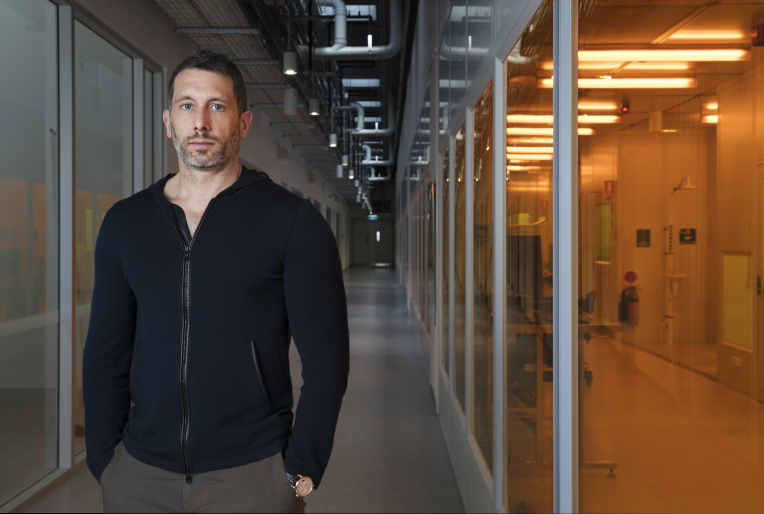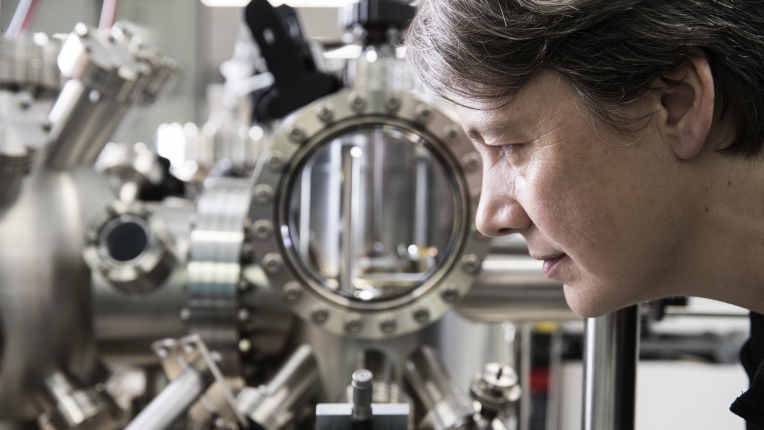Unis warned to stop hoarding academics' IP for revenue
by John DavidsonAustralian universities must stop treating academics as ATM machines if Australia is to have any chance of maintaining its lead in quantum computing, one of Australia's leading quantum physicists has warned.
Speaking at the launch of a major CSIRO report aimed at ensuring Australia doesn't squander its early lead in quantum computing, Michael Biercuk, Professor of Quantum Physics and Quantum Technology at the University of Sydney, said that poor university funding has forced Australian universities to try to make money by grabbing onto intellectual property (IP) created by their academics, bringing commercialisation of the IP to a screeching halt.

"Academics should be able to move to commercialise their IP without encumbrance," Professor Biercuk said.
"Encumbrance of IP is a killer with investors. It's a major impediment, and the fact that universities have been incentivised to try and treat private-sector capital coming into start-ups as an ATM opportunity is a really perverse outcome.
"The best thing we can do is fund science the right way, so that we can allow universities to fulfil their obligation as public sector entities that serve the public good."
Slowing researchers down with encumbered IP was especially problematic now that the entire world had joined the race to build a useful quantum computer, he said.
Quantum computers harness the strange way matter behaves at the atomic and sub-atomic level, to perform computations that are difficult or impossible for regular computers.
In its report, the CSIRO's strategic consulting arm, CSIRO Futures, estimated that quantum computers, together with related quantum technologies such as quantum sensing and quantum telecommunications, should create a global industry that's conservatively worth $86 billion a year by 2040.

If it plays its cards right, Australia could have a $4 billion-a-year share of that, CSIRO Futures predicted.
To do that, the Australian quantum technology industry needs to move fast, said Michelle Simmons, Scientia Professor of Quantum Physics in the Faculty of Science at the University of New South Wales. She is trying to build a scalable quantum computer from silicon: a project she likened to being the tortoise in the fable about the hare and the tortoise.
"It's moving incredibly fast out there, and we have to move. Speed is absolutely critical," she said.
But encumbered IP, said Professor Biercuk, is the enemy of speed. His company, Q-Ctrl, only exists because the University of Sydney let him have most of the IP he created, without encumbrance, he said.
"In the few cases where we have had some tangential IP that was owned by the university, the negotiations around that took years. The company literally moved from being nothing other than the paper certification of "Q-Ctrl Pty Ltd", to having customers and products, in the time that we were just trying to negotiate that one licence," he said.
But if this past week's news is any measure, then the Australian quantum industry is indeed moving quickly.
On Friday, the ANU start-up Quantum Brilliance, which is trying to build a scalable, room-temperature quantum computer out of artificial diamonds, said it had partnered with Pawsey Supercomputing Centre in Western Australia to help Pawsey's customers prepare themselves for quantum computing.
The same day, the University of Sydney announced that one of its researchers, Dr Benjamin Brown from the School of Physics, had developed a new way to correct errors in quantum computers, using time as the "third dimension" in traditionally two-dimensional error-correction algorithms.
Due to their highly sensitive nature, quantum computers tend to make a lot of errors, and correcting such errors efficiently is expected to be crucial if scientists are to have any chance of building a quantum computer that is powerful enough to do something useful.